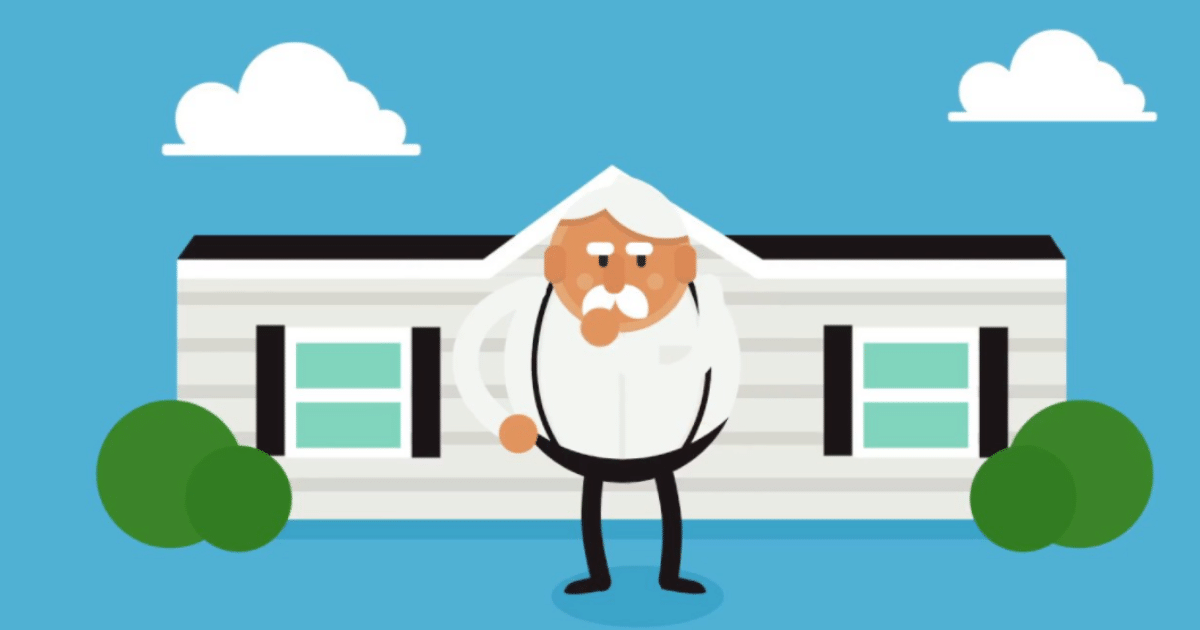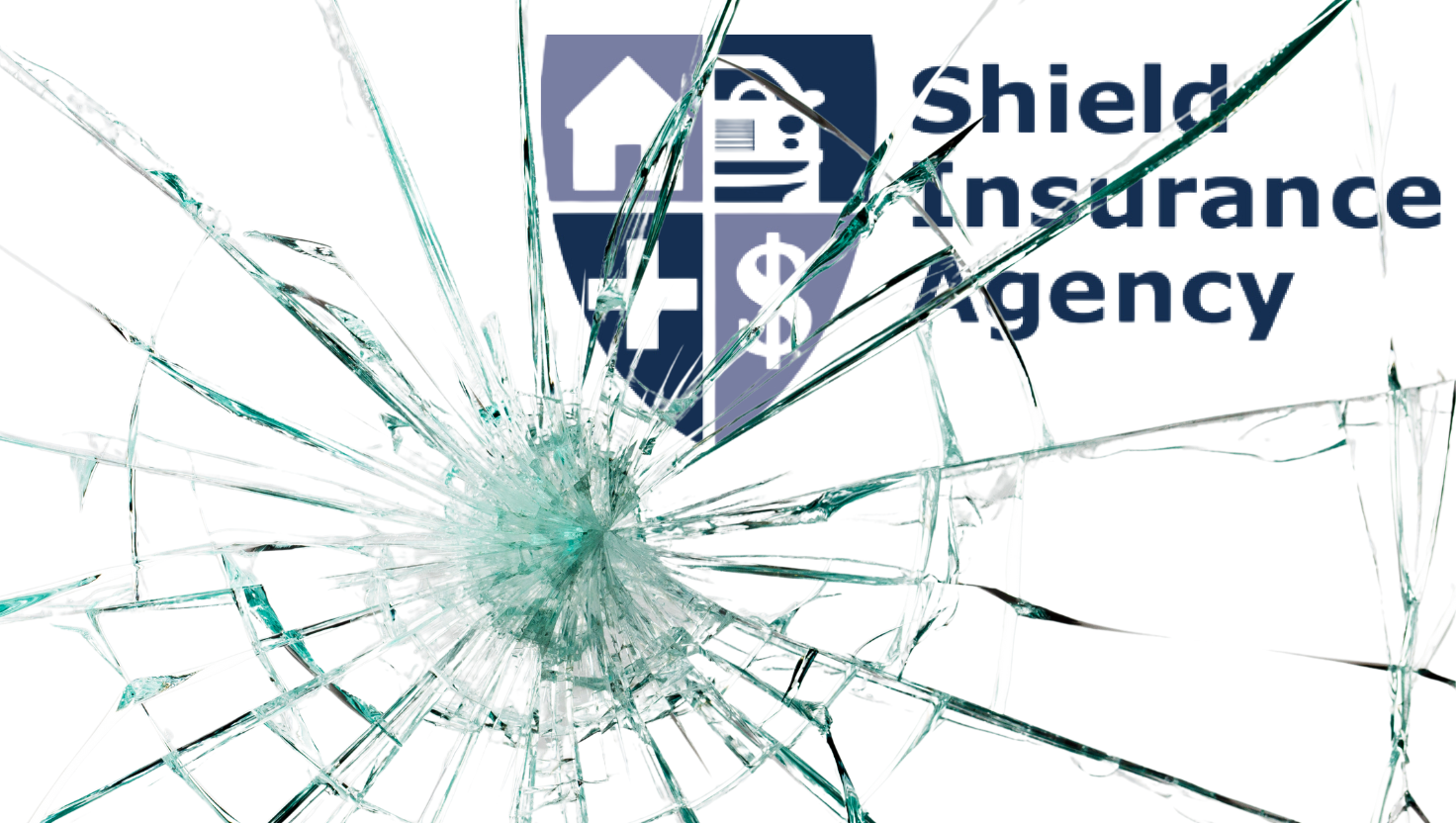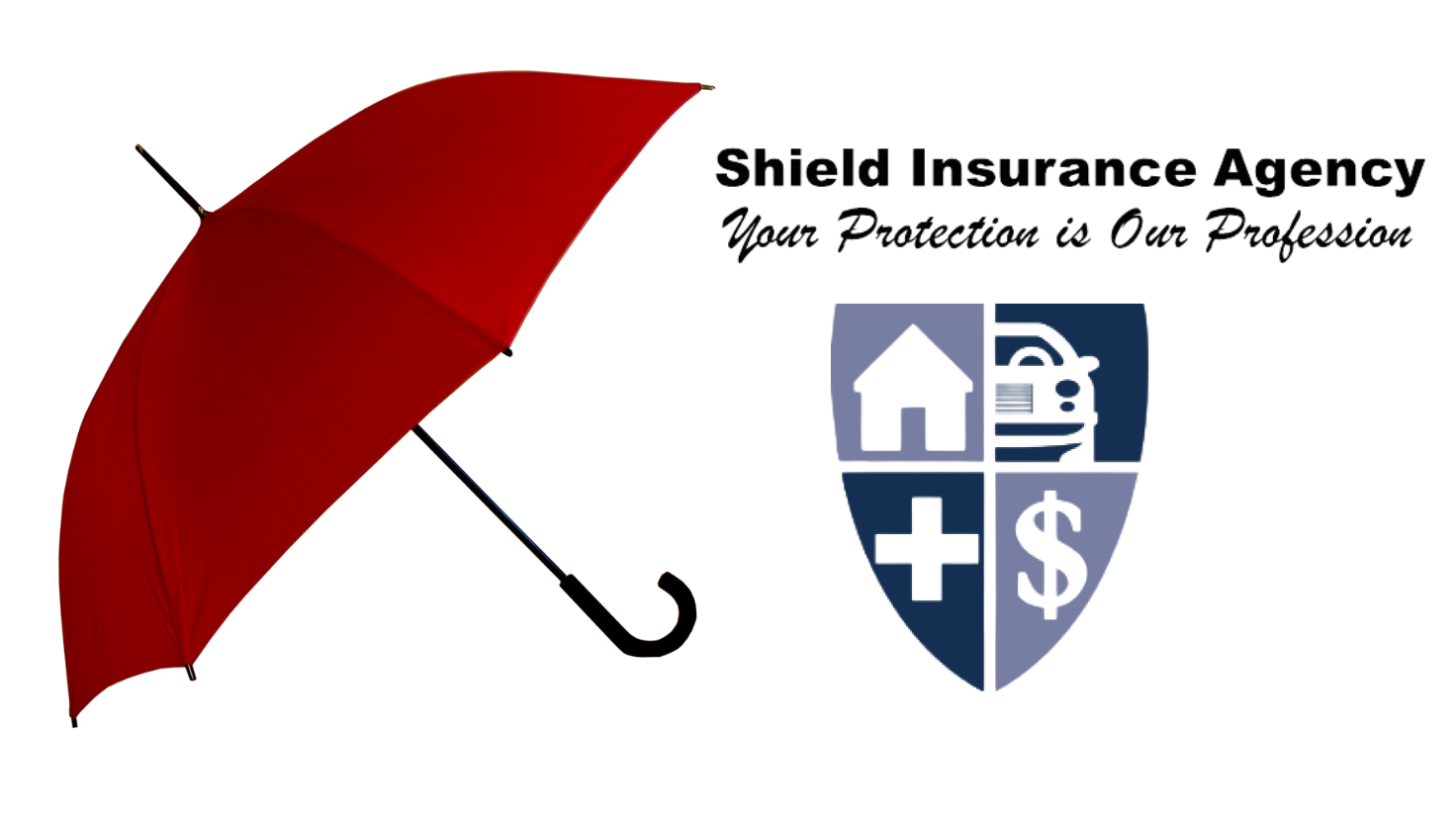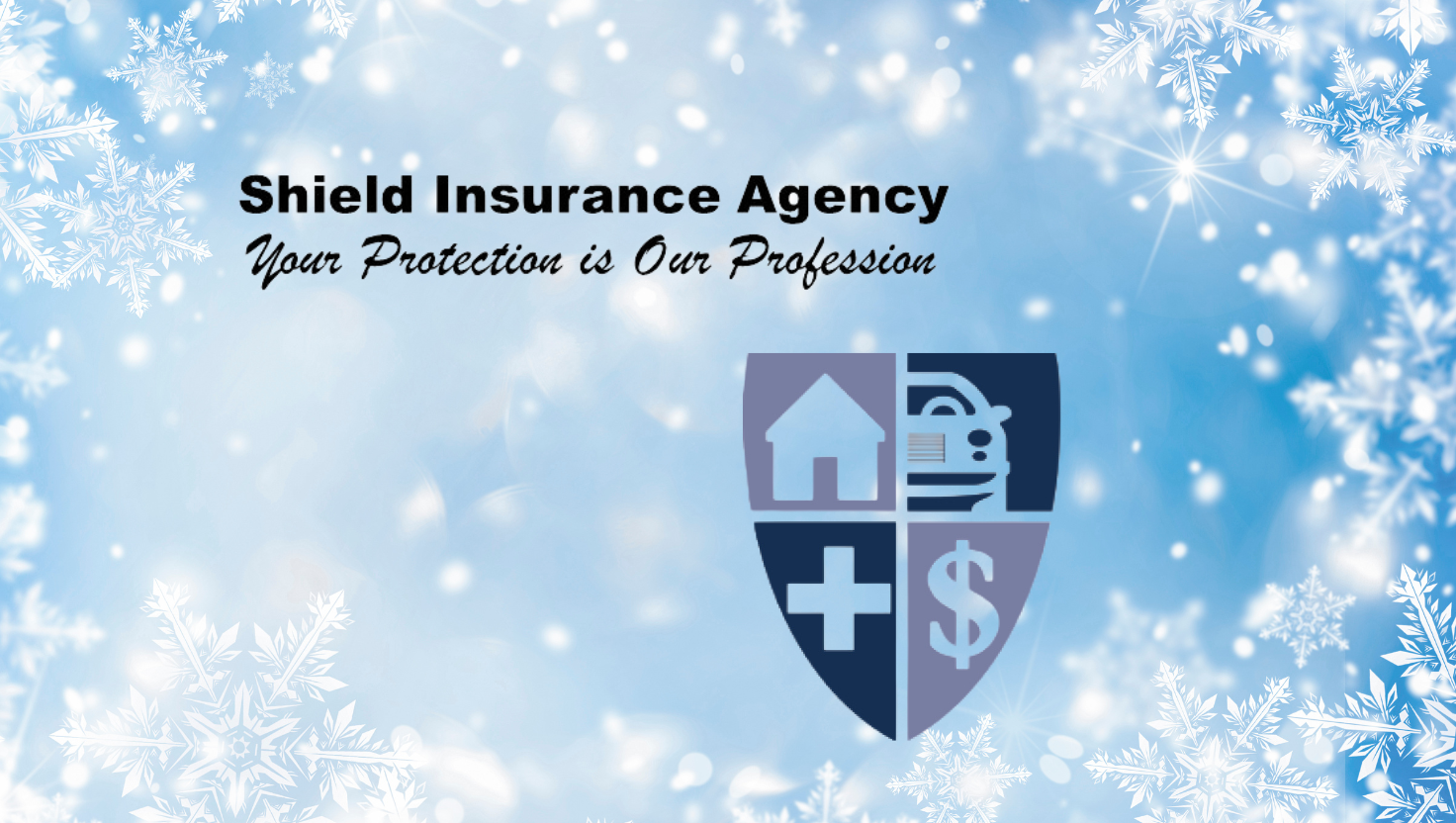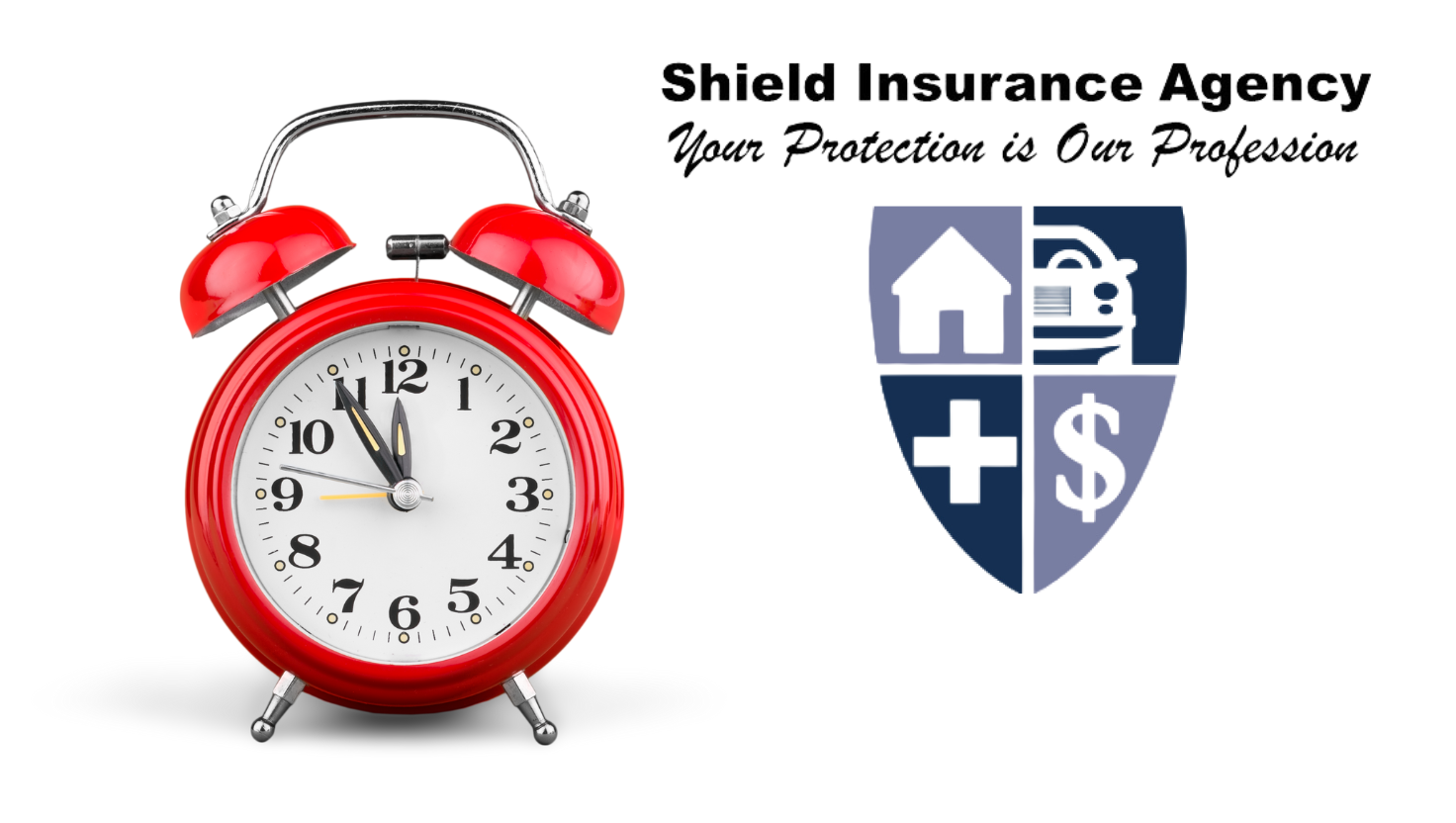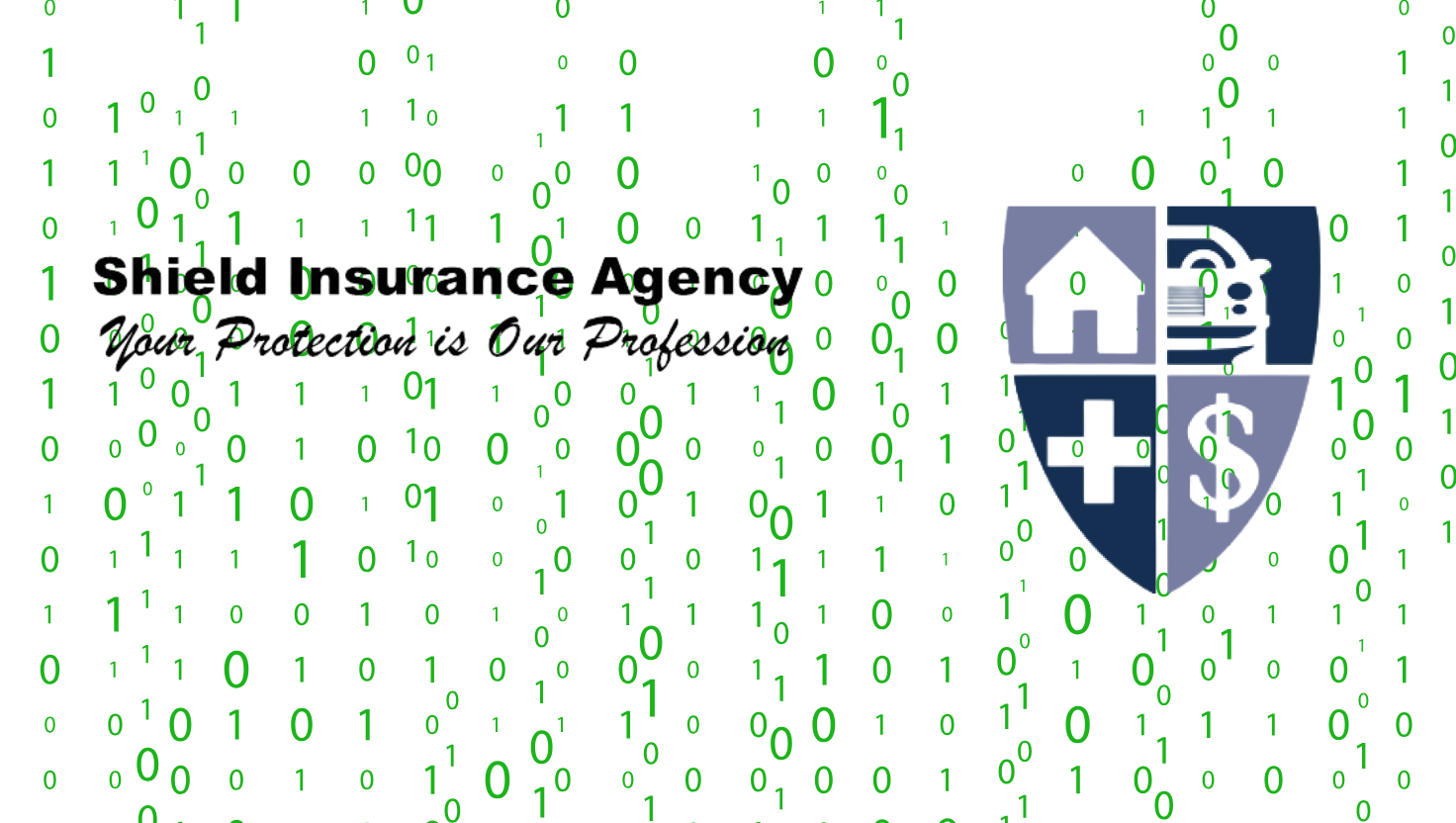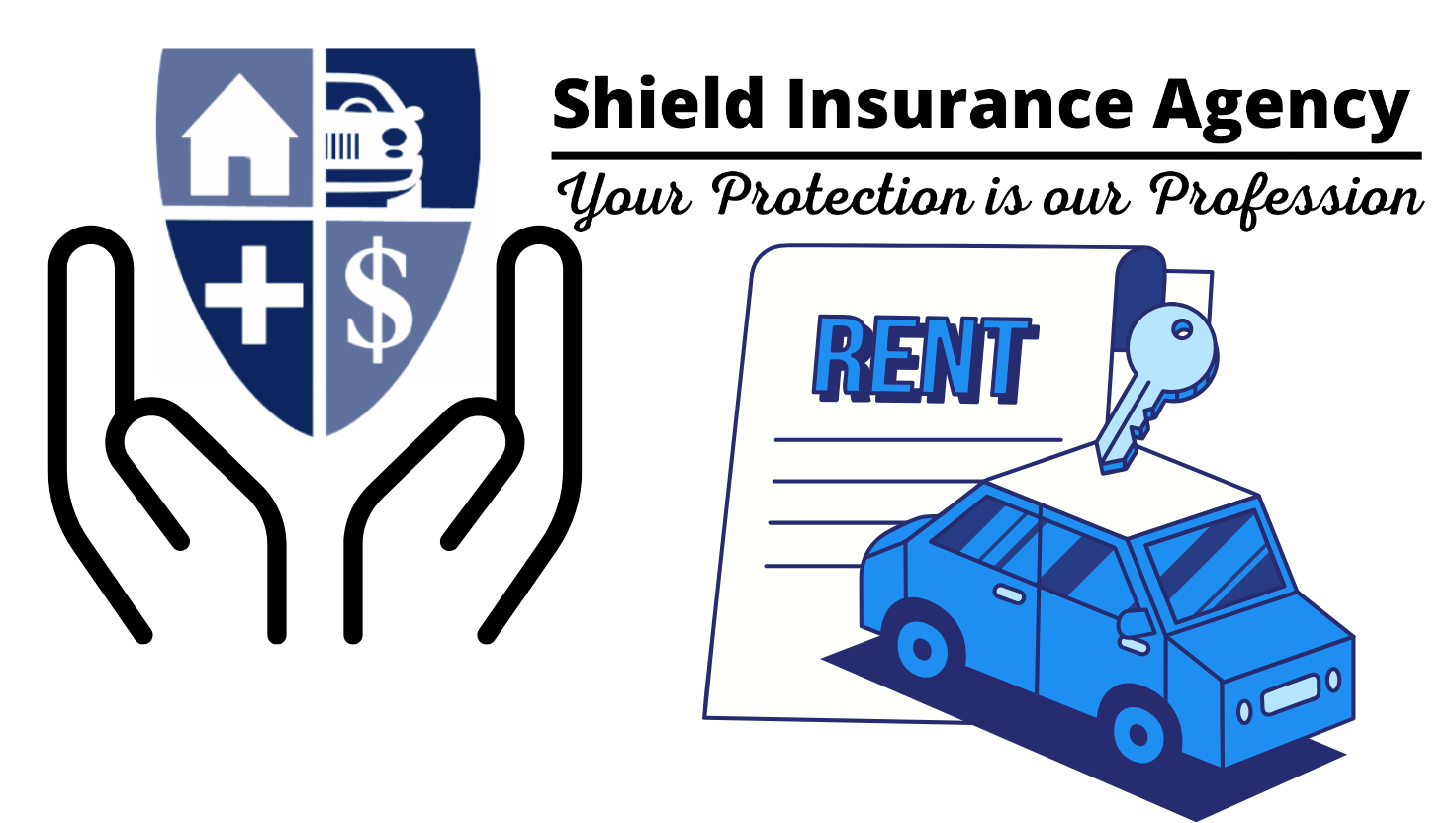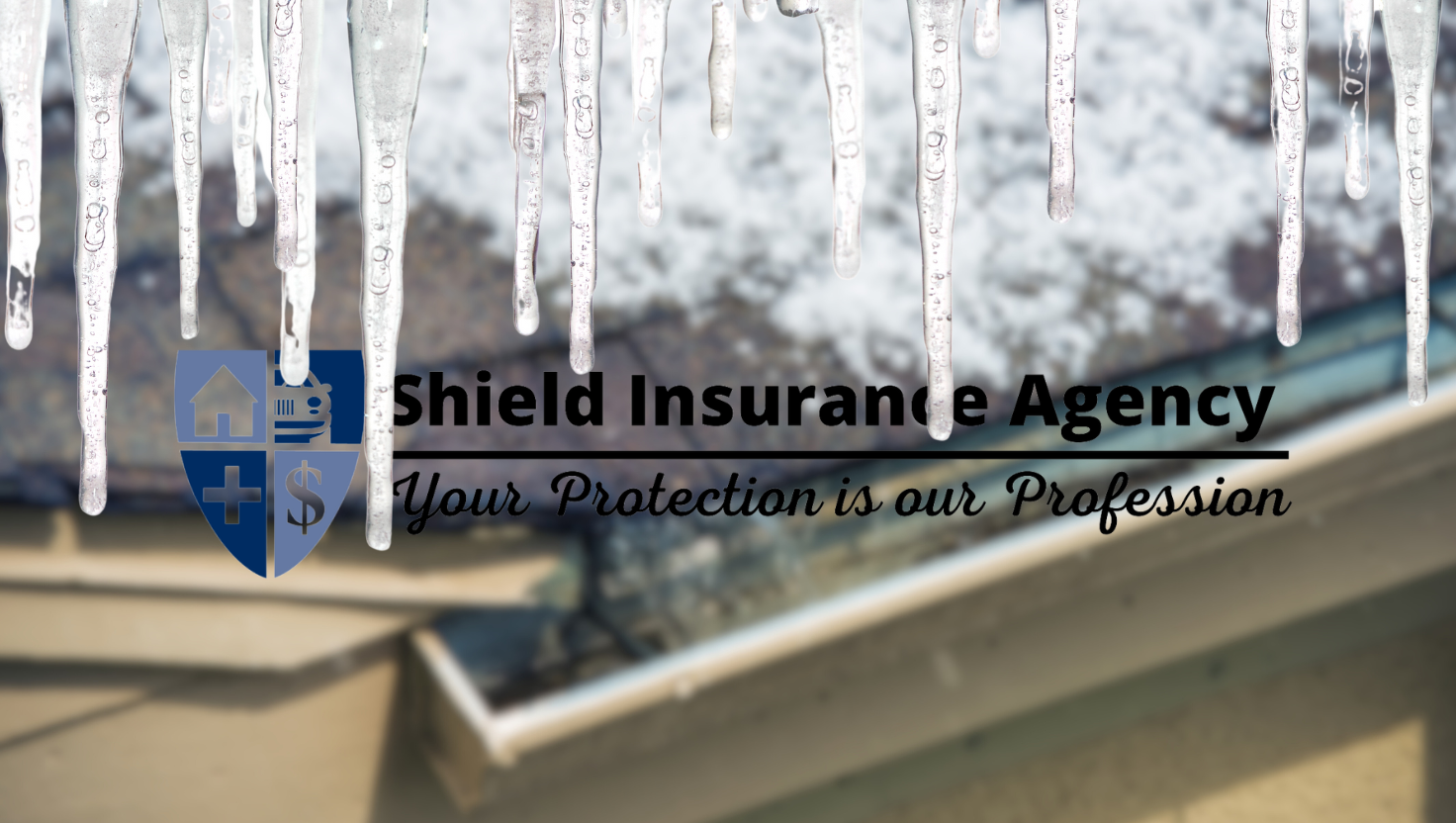
Ice Dams Create Roof Danger
You may be feeling cozy and warm in your home as the snow serenely falls outside. But, up on your roof, a dangerous situation could be forming – one that can compromise your roof and lead to water damage inside your home. It’s all the result of an ice dam. If you live in a snowy area and you’re not familiar with what an ice dam is, it’s imperative that you read on.
What Is an Ice Dam?
An ice dam is a ridge of ice that forms along the edge of your roof and prevents snowmelt from running off. It often occurs because heat from the attic warms the middle of your roof, causing snow to melt. When that runoff reaches the eaves, or overhang, of your roof, the cooler surface temperature (there’s no heat rising from inside your home to this part of the roof) can cause the water to refreeze. As this happens over and over, an ice dam forms, preventing melted snow from running off your roof.
Do Ice Dams Cause Damage?
Yes, ice dams cause the water from melted snow to back up under the shingles of your roof and into your home – the water doesn’t have anywhere else to go. This can damage your roof, not to mention your interior. And, remember, water damage can lead to toxic mold inside your home.
How Can I Prevent Ice Dams?
An easy way to help prevent ice dams is to keep your eaves, gutters, downspouts, and drains clear. This way water can drain away from your home as the snow melts on your roof. It’s ideal to have your gutters cleaned out before the snow season even begins. While you’re at it, install gutter screens for added protection.
Here are some other ways to help prevent ice dams:
- Keep your attic cool. Proper insulation between your living areas and attic will help keep warm air from escaping into your attic and warming your roof. Ideally, during a snow storm, your attic won’t be more than 10 degrees warmer than the temperature outside.
- Remove snow with a roof rake. Only if you can safely do so, remove accumulated snow from your roof using a long-handled roof rake, a specialized tool for clearing roofs, that won’t damage your roofing material. Do this from the ground. Never climb on top of a snowy roof.
- Update your roof with materials that help prevent ice dams. These include a rubberized, water-repellent membrane underneath the shingles and a heating cable along the eaves. For either installation, consult a professional.
Ice dams may not be the first thing you think about once the snow stops coming down. After all, there’s the sidewalk and driveway to clear. But, for the sake of your roof and the integrity of your overall home, it’s important to keep an eye out for this winter roof danger.
So, how can you spot ice dams? Icicles may be a sign of ice dams, a buildup of snow and ice along your eaves that blocks water runoff. Discolored ceilings or walls may indicate that your ice dam has turned into a leak.
Remember, in the midst of this harsh winter, it’s important to keep your gutters clear, your roof updated and an eye out for the signs of ice dams. If you suspect trouble, call a trusted roofing contractor at once.
Need Homeowners Insurance Coverage?
Talk to Shield Agency about homeowners insurance coverage that’s right for you.




